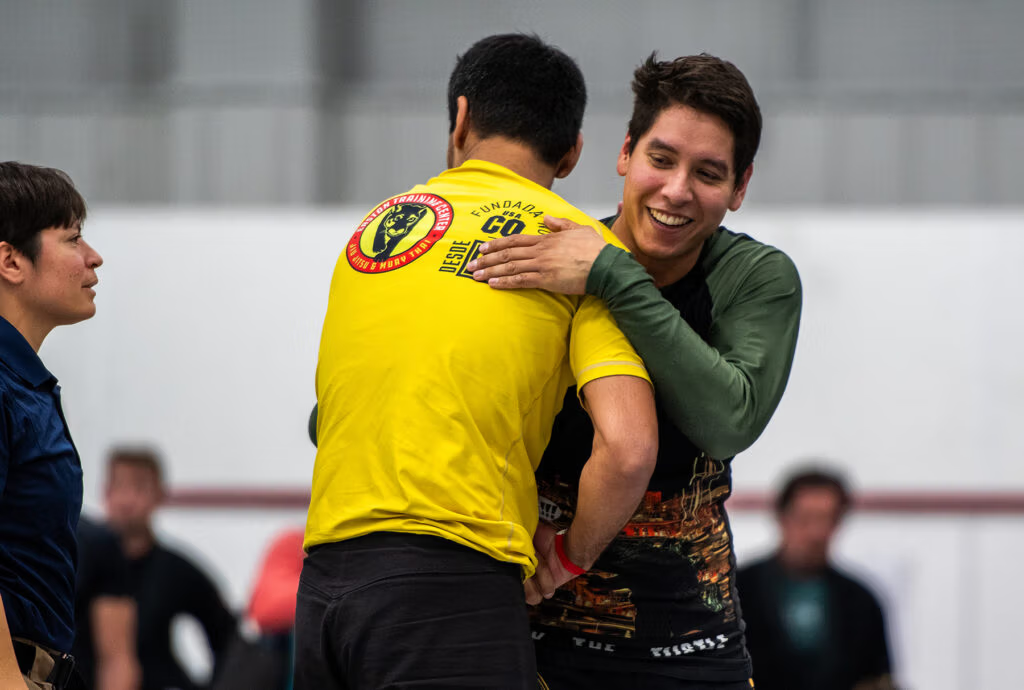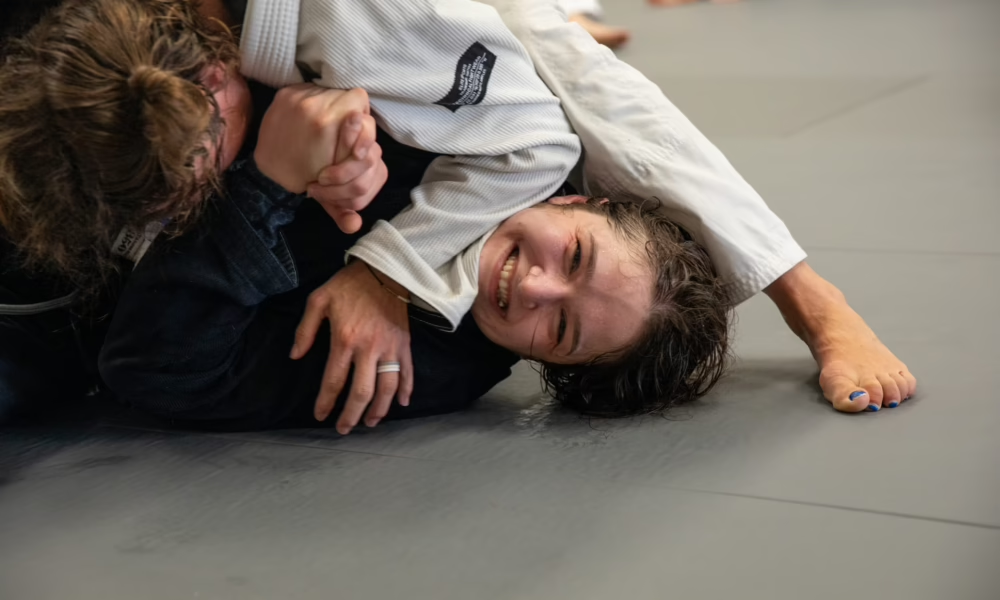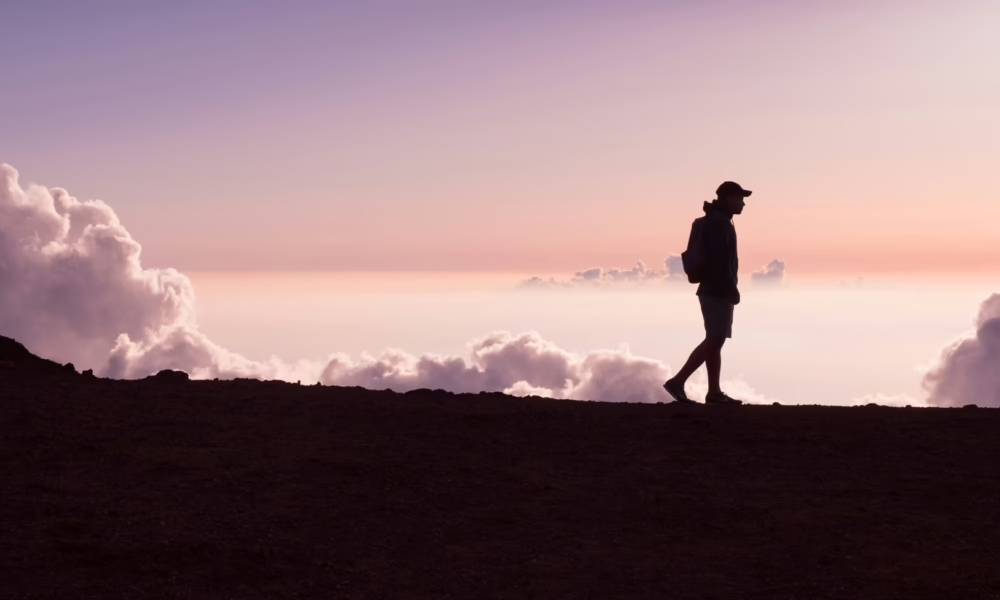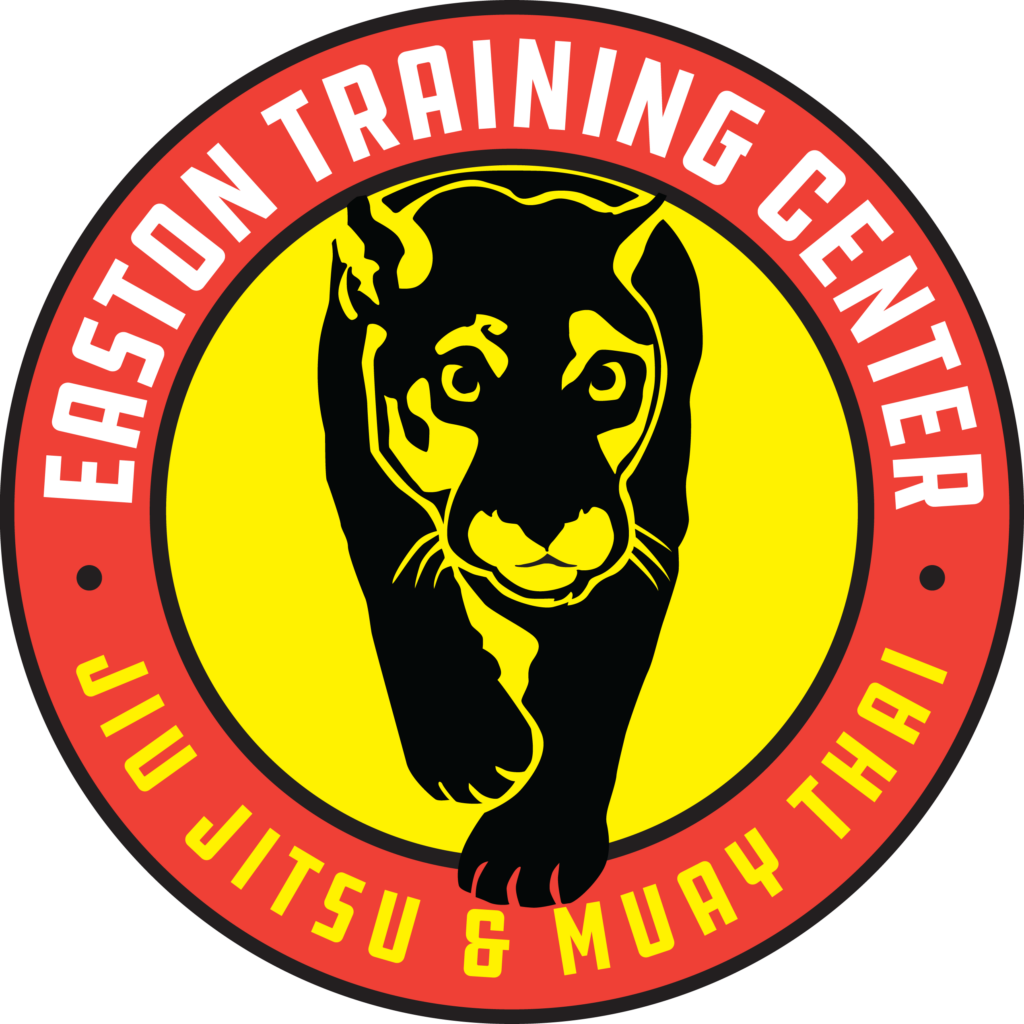Hosted by Easton’s President and CEO, Mike Tousignant, the Easton Podcast helps break down the walls and red tape surrounding leadership and gets to the heart of the people behind Team Easton. Our latest episode of the podcast features our Managing Editor and a creative on our Marketing Team, me – Tatyana Grechina!
I have the privilege of telling your stories while telling our collective story, and now I get to share mine with you.
Listen to the full episode on Apple Podcasts or Spotify!
The first time I walked into Easton in 2019, I had just moved to Boulder from Greenville, SC and had responded to a job posting for the front desk. Having no prior experience in the world of martial arts, I didn’t know what to expect, but I pulled back my insecurities around not having a particularly athletic background and joined the team. I began to notice that there wasn’t one type of person that fit the martial artist mold. I also quickly realized that my preconceived notion of martial arts had no real basis in current-day martial arts reality.
(I have very strong memories of hearing repeated thuds and HA’s through the wall while learning how to mix paint when I was six, seeing big white gis on hooks beside the tiny child-sized sinks and a smell that fused wet clay, sweat and socks in the adjoined hallway between Serendipity Art School and the neighboring Aikido studio. But that was 1997.)
As First Impressions Specialists (the official front desk title), we had a main objective – to get people to come in for the appointments they requested online and then to present Easton’s membership options at the end of their trial class. But when you really got going, it became so much more. You could see the way people came in nervous and left relaxed, going from unsure and timid to smiling and confident.
The culture also felt unlike any I’d experienced at a job before; it felt more like school than a traditional job setting. Everyone that I became friends with had some sort of interest or expertise in the body, movement or health, and many of them were coaches who helped me better understand my relationship to my own body and its natural movements. Beyond the classes and the work, I felt like I belonged in this space.
While I’ve dabbled in both Jiu Jitsu and Kickboxing over the past few years (and would love to do more than dabble), what keeps me committed to the vision and the ecosystem of Easton remains the immense positive and transformative impact that this space has on others.
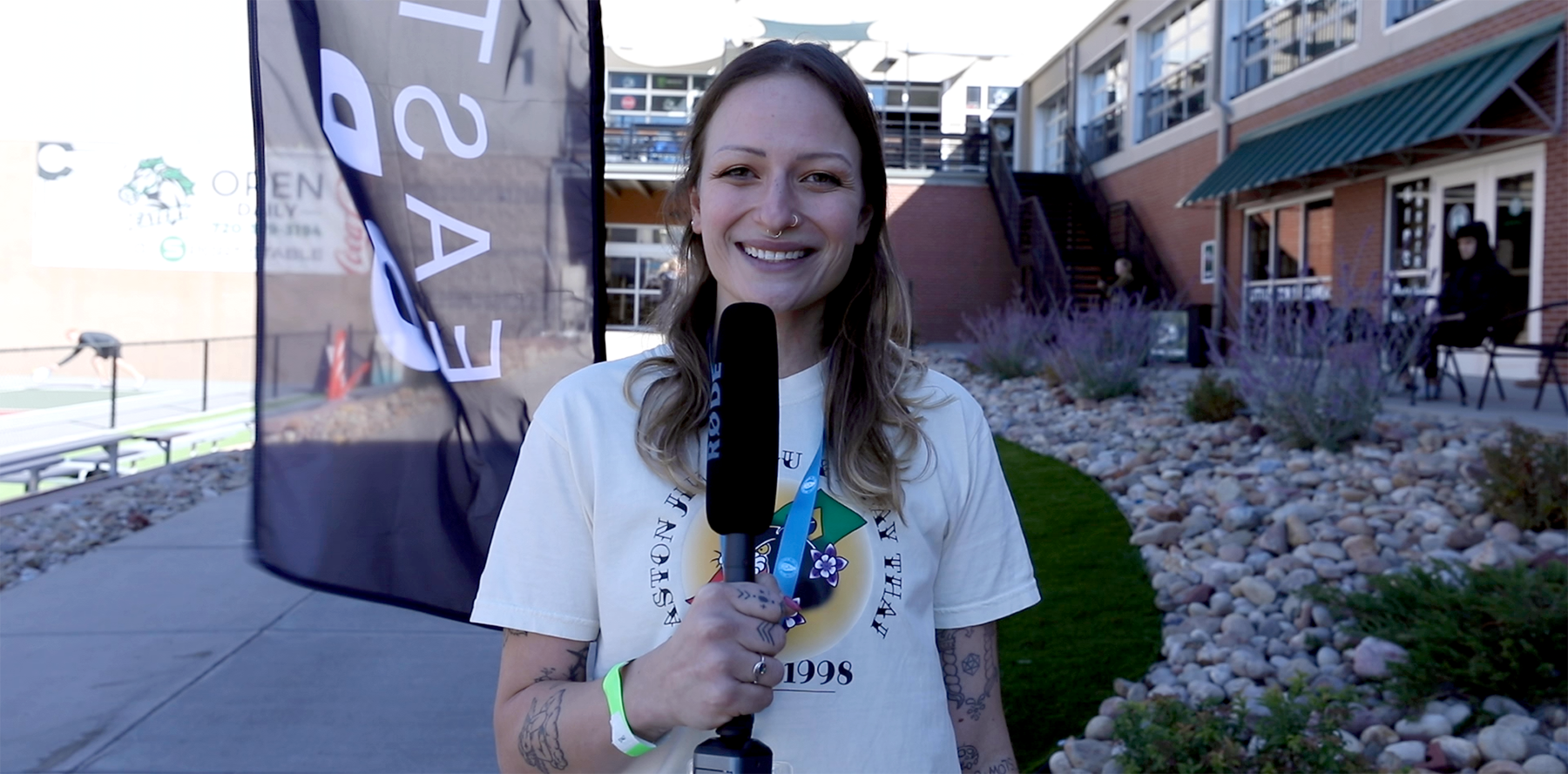
Collaboration: working as part of a team
While I didn’t have much experience with team sports growing up, I have a deep respect for the unique qualities that all the players bring to a shared, singular vision.
I love seeing the wide range of people’s unique skills and helping them tap into new, passionate layers of themselves through creativity. As a creative director in my personal art practice, I have an eye for connecting the dots between people and the value they can bring to the collective. Every single person adds something unique and I want [them] to know it.
“A big part of what we do is teamwork,” says Mike Tousignant. “We’re always working as a team. We’re not a full democracy, but everything that comes up, everything comes from the group – front line staff, instructors, desk. We hear all these thoughts and try to crystallize them into something that’s useful for the entire company. Everybody takes part in that activity, and we’ve really worked hard to make it a part of our culture.”
While Easton is very martial-arts based, I appreciate how hard we try to figure out what the gaps are. Where do we need more structure or innovation? Who can we bring into our team that will help us reach that next level? I believe a huge reason for Easton’s success as a martial arts company, academy and brand comes down to the fact that we never shut ourselves off from new, creative directions on our path to reach our vision.
As an artist who accidentally found herself in the martial arts world, I realized that the same passion for craft, dedication, practice and collaboration that I value in the studio has a place in any collective growth organism. You just have to believe in the vision and see where you can create some space for yourself in its structure.
Just like Easton finds the holes in our operation that need to be filled by unique shapes, I think as artists, there are other ways we can think about our careers and the people we work with. While none of us can completely avoid the ego attached to how we perceive ourselves and our craft, we can learn to see beyond it.
We might feel that if we work for someone else, or a non-art company, we’re sullying the pureness of our art – “selling out.” I’ve found that this is BS. Art is the energy that flows through and between us, the greater thing that connects our minds and demands to be spoken or seen. If we think we need to stand entirely autonomous to make art – we’re missing the point. It’s never about us, the artist, but about the art that comes to us, through us, to exist. That energy does not stop at two-dimensional or three-dimensional designs outside of us; we experience this creative energy in every stimulating collaboration or dialogue that takes place – in the studio, in the office and on the mats.
There are so many ways that humans from all walks of life can creatively inspire us and create the space for us to shine.

Showing up authentically
Aside from learning how to lean into the strengths of others to compliment my own, one of the biggest things that has helped me professionally at Easton is the ability to play into a persona or character of myself to show up more authentically. What does that even mean? It’s kind of like with Cirque du Soleil’s costume theory: costume is meant to reveal rather than conceal. This means leaning into the fullest expression of yourself – full color – will often deliver your message better and allow people to understand you the strongest.
I’m not saying be an asshole – that’s usually a masking deflection, the exact opposite of allowing people to see your true self. But when you develop that persona, the highest version of yourself, you can lean into that as a safe space and give yourself permission to be fully present.
For example, if I’m delivering information as my regular self, I might indulge in my tiredness, want to disappear or feel like what I have to say doesn’t matter. I’m only drawing from myself, and my normie resources are depleted.
However, when I tap into Taty the Artist, it’s no longer about me. It’s about the bigger picture, the thing I’m here to serve and make happen. While we may not see ourselves as particularly special or worthy, developing the ability to tap into that bigger thing allows us to boldly embrace our purpose and communicate it to others.
“We’re the protagonist in our own story,” says Mike. “But if you have the ability to separate yourself from the thing — make it not about you — it’s so much easier to just be yourself, to say what needs to be said.”
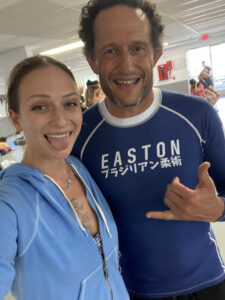
Sometimes this requires tapping into a little clown blood. Not to be confused with intentionally distracting and annoying class clown energy, clown blood refers to the part of you that delights in play and curiosity. For example, rather than feeling nervous and worrying about bothering people or saying the wrong thing, you come from a place of play with a little jokester energy. You can’t worry about what people think if the goal is to poke them a bit out of their comfort zone anyways – in a good way.
On a bigger scale, taking your emotions out of the equation is the best method for working together and working on a team with many personalities. Of course, this also means that some people may not like you, but if you’re operating from your highest intentions, that’s on them. We can’t please everyone.
The ability to believe in ourselves enough for that transparency and authenticity often requires a leap of faith, but that’s exactly what builds trust – that first leap.
We try to assume good intent, but we can’t control what happens outside of us. We can, however, be the best version of ourselves we can, work on improving everyday, and trust that if someone has a problem with us, they’ll bring it to us because they want what’s best for the whole team too.


